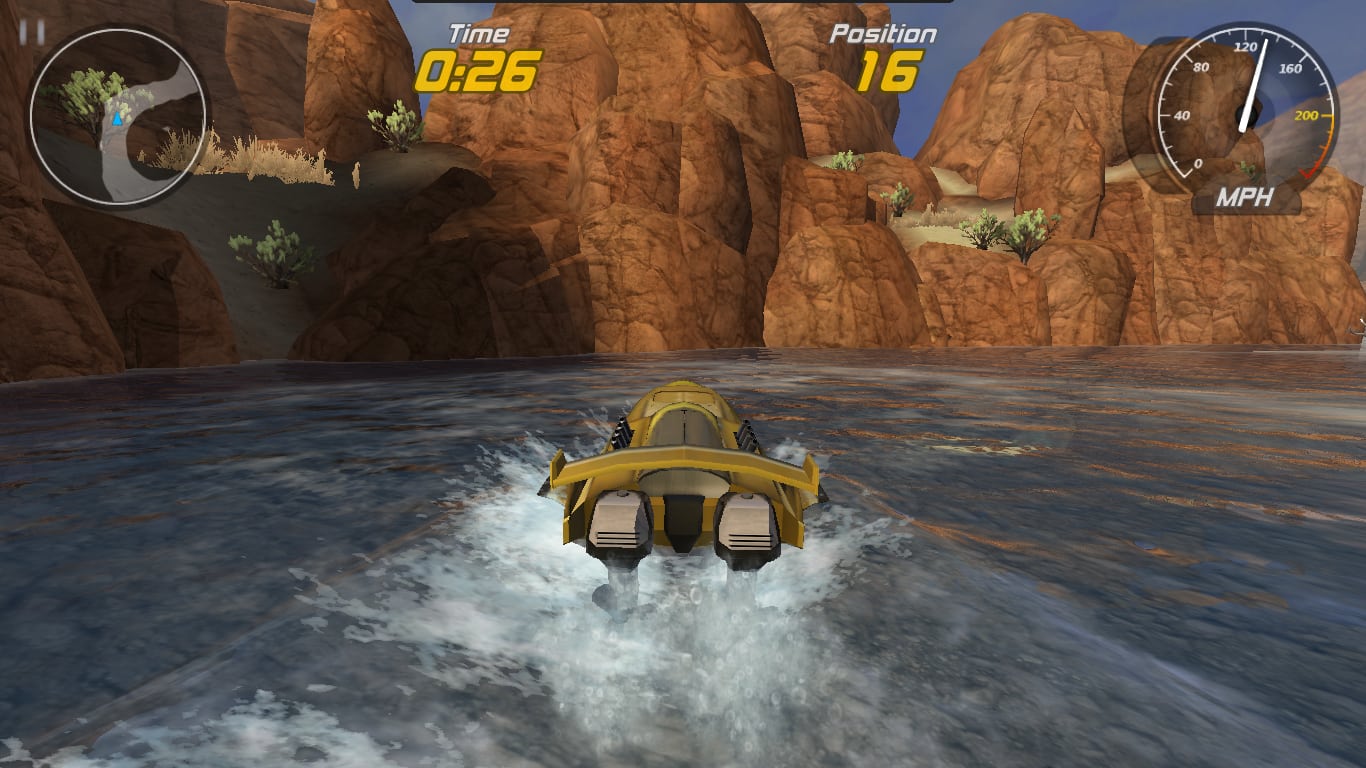“Treeanalysis using New Technology”
When you get to the Gist of it, running cracked software is dangerous, no matter the platform. Yes, Mac OS X is security hardened, and is generally more secure than windows, but when you are inviting in Applications that have been modified by.at least. One outside agency, you have no guarantee that they have not been sabotaged. Name: 123MacTorrent.ComAweCleaner4.9TNTCR2.dmg.torrent Size: 6 MB Files 123MacTorrent.ComAweCleaner4.9TNTCR2.dmg 6 MB.torrent Download AweCleaner Professional 4.9 macOS AweCleaner is an all-in-one Mac cleaner which not only can help Mac users to easily and quickly clean up all.
Goloboff,Farris, & Nixon, 2003

TNT stands for 'Tree analysisusing New Technology'. It is a program for phylogenetic analysisunder parsimony (with very fast tree-searching algorithms; Nixon,1999, Cladistics 15:407-406; Goloboff, 1999, Cladistics 15:407-428),as well as extensive tree handling and diagnosis capabilities. It isa joint project by Pablo Goloboff, James Farris, and Kevin Nixon.

TheWilli Hennig Society
As of November 2007, the project was subsidized by the WilliHennig Society, and thus the program is now made freelyavailable, upon agreement on the terms of the license presented byTNT when it is run for the first time in a machine (a copy of thelicense can be found here).The license provided is a single-user license, and the most importantrequirements are that the program is not posted in other websites ormirrors, and that when publishing results you acknowledge having usedthe Willi Hennig Society edition of TNT and cite the paper describing this version of the program (Goloboff & Catalano, 2016, Cladistics, DOI 10.1111/cla.12160)
Notes to run TNT in parallel, under Linux or Mac.-You have to install PVM inyour machine, and copy the binary file to the PVM directory forbinaries (either to $PVM_ROOT/bin/LINUX, or LINUX64, or DARWIN).Mixing 32 and 64 bit versions poses no problem, but binaries withlimits on number of taxa do not connect properly to binaries withoutsuch limit, and viceversa. To avoid mixing, you can rename thebinaries of any type (and make sure you copy identically renamedbinaries to the corresponding PVM directory). You should no longerhave problems compiling PVM, if you download a recent version(previous versions had problems with some compilers, but they havebeen fixed now --thanks, PVM guys!!).
Note on PVM and Mac 64.- The makefile provided withthe PVM package does not explicitly specify the -m64 switch (which,in at least some compilers/installations, is not the default, even in64 bit machines). The 32-bit daemon communicates correctly with TNT,but if you want to use PVM to transfer a LOT of data, having a 64-bitdaemon may be good to let it access more memory. If you want tocompile PVM for 64-bits, copy thismakefile to your $PVM_ROOT directory, then type 'make clean'followed by 'make install'.

Updates.- Updates are done regularly (often every 2 months or so). The last update was done on March 31, 2021 (note Linux 32 and Mac 32 are discontinued). Alist of recent additions and bugfixes is maintained here.
A simple, one-shot analysis is now included in the aquickie.runscript, which comes with all TNT versions. This runs a simpleanalysis with a search for most parsimonious trees (or asks whetheryou want to do a consensus estimation, if the data set is large),then calculates group supports using resampling. To run this underWindows, you first open your data set, and then open aquickie.run.Alternatively, to run the data contained in file 'filename.tnt'open a DOS shell, and type:
tnt filename.tnt ; aquickie ; [enter]
Linux/Mac.- You have to open the data file yourself,and then run the script. To do this, enter TNT and then type at thecommand line:
proc filename.tnt ; aquickie ; [enter]
The script will provide you with a few choices, then run theanalysis automatically.
The program GB2TNT (Goloboff & Catalano, 2012, Cladistics 28:503–513) provides an easy way to create data sets for TNT fromGenBank data (including all the taxonomic information from theGenBank files, so that it is easy to diagnose results and colordifferent taxonomic groups). The program and documentation (still inbeta; current version is 0.75) can be downloaded here.
The main documentation is in the file tnt.htm, andrecent additions or bugfixes are in the file BugFixes.htm;both of these are contained within all the packages (except thecharacter-mode Windows version). On-line help on all TNT commands canbe obtained with the help command. A generaldescription of TNT version 1.0 for Windows is in a QuickTutorial (a PowerPoint presentation; this is probably the easiest way to get started). Some example files for scripting come in the self-extracting files zipdruns.zip or tnt_scripts.zip,and additional scripts are here(with full documentation of the scripting language in a pdf file). Instructions to view large trees in Windows andprocess the taxonomy contained within taxon names (as in Goloboff et al., 2009, Cladistics 25:211-230) can be found here
Keep in mind that freezes/crashes might occassionally occur, and save results frequently. The program is intended only for strictly academic use, and is provided 'as is,' with no express or implied warranties. None of the authors of TNT is responsible in any way for any problems the program causes to your computer, your data, your career, or your life. A copy of the license agreement can be found here
Bug reports are appreciated, but please keep in mind that a bugreport, to be of any use, must include the version ofTNT (including date), the complete data file, and all the commandsnecessary to show the bug (or, at least, the exact sequence of menuoperations that consistently leads to a crash, freeze, ormiscalculation). Send bug reports to Pablo,with 'tnt bug report' in the subject.
To properly view the trees drawn by TNT with extended ASCIIcharacters you will need to install the Tred.ttf font(available here).In Windows, you can just copy it to the Fonts directory (or installfrom control panel). In Linux or Mac, you will have to copy Tred.ttfto the directory where other True Type fonts (*.ttf) are located(probably something like /usr/X11R6/lib/X11/fonts/TTF/ in Mac, or/usr/share/fonts/truetype/ in Linux). The second step you need to do,for each file to view, is to convert it to unicode characters, usingthe converter to unicode (available for MacIntel, Linux32, and Linux64):
tounicode tnt_output_file unicode_file [enter]
Then, you can open unicode_file with OpenOffice, orthe like, select all text, and change font to Tred. The trees willthen look ok.
visits to this siteThe safest place to get apps for your Mac is the App Store. Apple reviews each app in the App Store before it’s accepted and signs it to ensure that it hasn’t been tampered with or altered. If there’s ever a problem with an app, Apple can quickly remove it from the store.
If you download and install apps from the internet or directly from a developer, macOS continues to protect your Mac. When you install Mac apps, plug-ins, and installer packages from outside the App Store, macOS checks the Developer ID signature to verify that the software is from an identified developer and that it has not been altered. By default, macOS Catalina and later also requires software to be notarized, so you can be confident that the software you run on your Mac doesn't contain known malware. Before opening downloaded software for the first time, macOS requests your approval to make sure you aren’t misled into running software you didn’t expect.
Running software that hasn’t been signed and notarized may expose your computer and personal information to malware that can harm your Mac or compromise your privacy.
The warning messages displayed below are examples, and it's possible that you could see a similar message that isn't displayed here. Please use caution if you choose to install any software for which your Mac displays an alert.
View the app security settings on your Mac
By default, the security and privacy preferences of your Mac are set to allow apps from the App Store and identified developers. For additional security, you can chose to allow only apps from the App Store.
In System Preferences, click Security & Privacy, then click General. Click the lock and enter your password to make changes. Select App Store under the header “Allow apps downloaded from.”
Open a developer-signed or notarized app
If your Mac is set to allow apps from the App Store and identified developers, the first time that you launch a new app, your Mac asks if you’re sure you want to open it.
An app that has been notarized by Apple indicates that Apple checked it for malicious software and none was detected.
If you see a warning message and can’t install an app
If you have set your Mac to allow apps only from the App Store and you try to install an app from elsewhere, your Mac will say that the app can't be opened because it was not downloaded from the App Store.*
If your Mac is set to allow apps from the App Store and identified developers, and you try to install an app that isn’t signed by an identified developer and—in macOS Catalina and later—notarized by Apple, you also see a warning that the app cannot be opened.
If you see this warning, it means that the app was not notarized, and Apple could not scan the app for known malicious software.
You may want to look for an updated version of the app in the App Store or look for an alternative app.
If macOS detects a malicious app
If macOS detects that software has malicious content or its authorization has been revoked for any reason, your Mac will notify you that the app will damage your computer. You should move this app to the Trash and check 'Report malware to Apple to protect other users.'
If you want to open an app that hasn’t been notarized or is from an unidentified developer
Running software that hasn’t been signed and notarized may expose your computer and personal information to malware that can harm your Mac or compromise your privacy. If you’re certain that an app you want to install is from a trustworthy source and hasn’t been tampered with, you can temporarily override your Mac security settings to open it.
If you still want to open an app for which the developer cannot be verified, open System Preferences.*
Go to Security & Privacy. Click the Open Anyway button in the General pane to confirm your intent to open or install the app.
The warning prompt reappears, and if you're absolutely sure you want to open the app anyway, you can click Open.
The app is now saved as an exception to your security settings, and you can open it in the future by double-clicking it, just as you can any authorized app.
Privacy protections
macOS has been designed to keep users and their data safe while respecting their privacy.
Gatekeeper performs online checks to verify if an app contains known malware and whether the developer’s signing certificate is revoked. We have never combined data from these checks with information about Apple users or their devices. We do not use data from these checks to learn what individual users are launching or running on their devices.
Notarization checks if the app contains known malware using an encrypted connection that is resilient to server failures.
These security checks have never included the user’s Apple ID or the identity of their device. To further protect privacy, we have stopped logging IP addresses associated with Developer ID certificate checks, and we will ensure that any collected IP addresses are removed from logs.
In addition, over the the next year we will introduce several changes to our security checks:
Tnt Mac Crack
- A new encrypted protocol for Developer ID certificate revocation checks
- Strong protections against server failure
- A new preference for users to opt out of these security protections
Is Mac Software Tnt Safety
* If you're prompted to open the app in Finder and you're sure you want to open it despite the warning, you can control-click the app, choose Open from the menu, and then click Open in the dialog that appears. Enter your admin name and password to open the app.